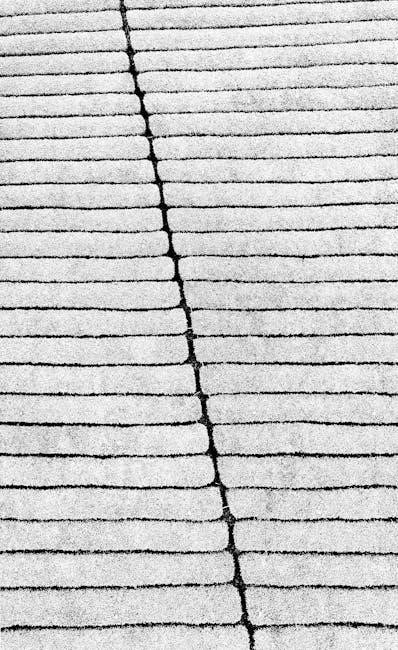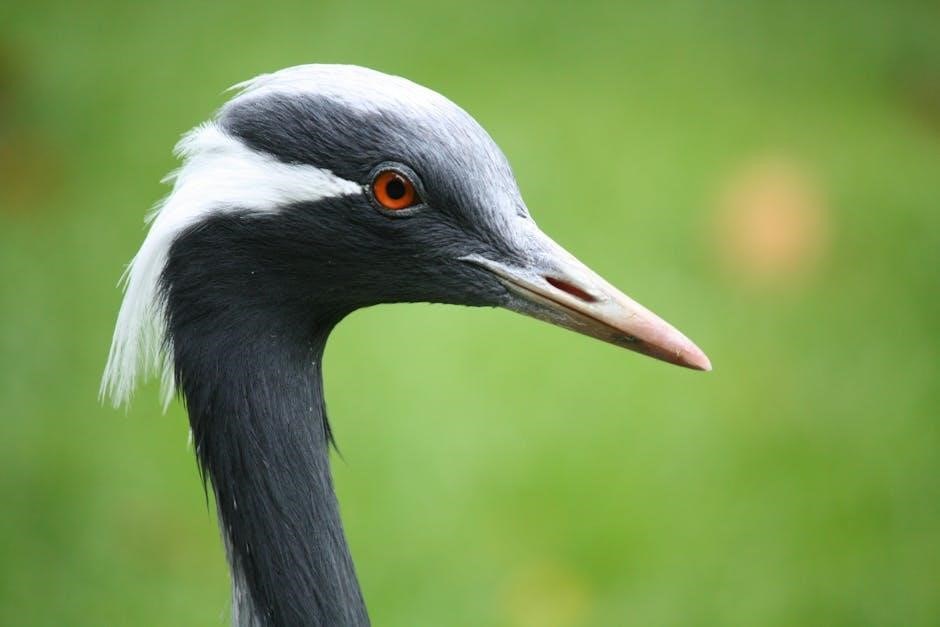As the world shifts towards sustainable and environmentally-friendly practices, the concept of a black soldier fly farm has gained significant attention․ These farms utilize the Black Soldier Fly (Hermetia illucens) to convert organic waste into high-protein feed, making them an attractive option for small-scale enterprises․ In this article, we will delve into the design aspects of a black soldier fly farm, providing a comprehensive guide for those interested in setting up their own facility․
Black Soldier Fly farming involves the use of these insects to break down organic waste, such as food scraps and manure, into a nutrient-rich feed․ The process is efficient, sustainable, and environmentally friendly, making it an attractive option for those looking to reduce their waste management costs․ The black soldier fly has a unique life cycle, with four distinct stages: egg, larva, pupa, and adult․ Understanding these stages is crucial for designing an effective black soldier fly farm․
Key Components of a Black Soldier Fly Farm
A well-designed black soldier fly farm should include the following key components:
- Breeding Enclosure: A secure area for adult flies to mate and lay eggs․
- Larval Production Area: A separate area for larvae to feed and grow․
- Composting Area: A designated area for organic waste to be broken down․
- Drainage System: A system for removing excess moisture and waste․

Design Considerations

When designing a black soldier fly farm, several factors must be taken into account, including:
- Temperature: Black soldier flies thrive in temperatures between 25-30°C․
- Daylight: Adult flies require daylight to mate and lay eggs․
- Humidity: A humid environment is essential for larval growth․
- Ventilation: Proper ventilation is necessary to prevent the buildup of ammonia and other gases․
Building a Black Soldier Fly Farm: A 3-Step Guide
For those interested in building their own black soldier fly farm, the following 3-step guide provides a basic outline:

- Creating an Entry Point: Designate an area for adult flies to enter and lay eggs․
- Installing an Exit Ramp: Create a ramp for larvae to exit the composting area․
- Adding a Drainage Pipe: Install a drainage system to remove excess moisture and waste․
Automated Smart Farming Systems
For those looking to take their black soldier fly farm to the next level, consider implementing an automated smart farming system․ This can be achieved through the use of Internet-of-Things (IoT) technology, which enables remote monitoring and control of the farm․ This can help optimize conditions, reduce labor costs, and increase overall efficiency․
For those interested in learning more about black soldier fly farm design, several downloadable resources are available, including:
- Black Soldier Fly Farm Design PDF: A comprehensive guide to designing a black soldier fly farm․
- BSF Rearing Guide: A detailed guide to rearing black soldier flies․
- Automated Smart Farming System Design: A guide to designing an automated smart farming system for black soldier fly farms․

Designing a black soldier fly farm requires careful consideration of several factors, including temperature, daylight, humidity, and ventilation․ By following the guidelines outlined in this article, and utilizing downloadable resources such as the black soldier fly farm design PDF, individuals can create an efficient and sustainable facility for converting organic waste into high-protein feed․ Whether you’re a seasoned farmer or just starting out, the concept of a black soldier fly farm is definitely worth exploring․
